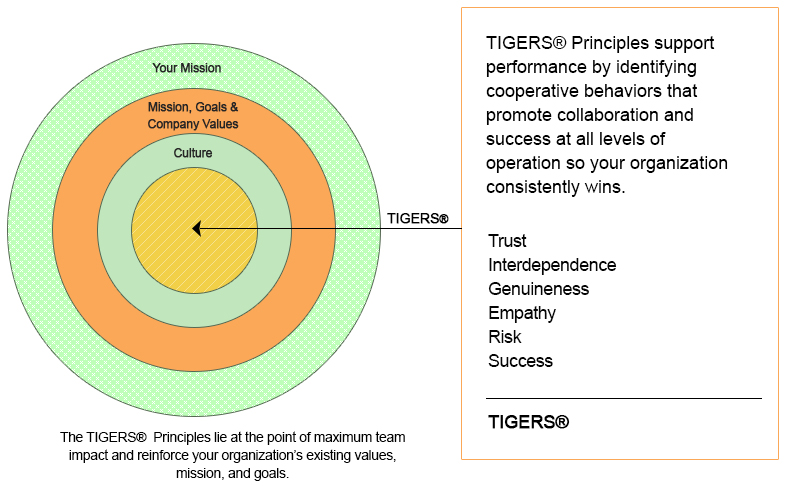 Retaining candidates after hiring them is harder than it seems.
Retaining candidates after hiring them is harder than it seems.
When companies lose 25 percent of all new employees within the first year, it’s hard for a business attempting to grow. According to the Center for American Progress, expect to pay up to 213 percent of a failed executive’s salary while waiting to replace them with someone new. Perhaps successful onboarding practices would change that scenario.
In fact, most employees who are going to quit will do so in the first 45 days. The median cost of turnover for positions that require specific skills is 21 percent of the departing employee’s salary.
On the other hand, leaders who practice successful onboarding practices save anywhere from $6,044 to $11,799 per every new employee. That’s quite a swing between costs and cost savings.
The bottom line is, most people get through the paperwork and then after a couple weeks, it’s time to backtrack. Isn’t it time to get past the contract phase to the human phase?
Effective onboarding practices depend on multiple factors beyond the paperwork. Work culture and how to fit into existing teams is often overlooked. This fit depends on understanding group norms of expected behavior that include trust, interdependence, genuineness, empathy, risk and success. These six principles are not only research-based, but can be readily seen in department behavior.
With a good understanding of these group norm principles, it’s possible to completely assimilate new employees and make them feel like they are home. So how do you do that?
Successful onboarding practices depend on engagement.
A new job shouldn’t feel like a new employee is walking on eggshells. Don’t leave an employee wondering how to get along with co-workers and leaders once they are hired. It’s one of the biggest mistakes any organization can make.
Once new employees are hired, it is time for good management practices to kick in.
- A good manager should keep in contact with them until the start date.
- Communicate how their position fits into the organizational mission and supports goals and initiatives.
- If there is an over-arching vision such as, “We bring smiles and happiness to millions”, the new employee should understand this before their first work day.
Then make sure that once new employees are ready for training, they have all of the information available in order to start.
Engaging with employees is absolutely key in order to build onboarding that works. The reality is that your organization was probably not the only one the employee applied to. Therefore, when someone is in the first weeks of getting hired, it’s still possible to lose them. New employees can get other job offers and if another organization offers something more lucrative and engages them, expect them to not stay.
Successful onboarding practices express how employees are valued.
Be enthusiastic about all new employees. This attitude rubs off on them.
For example:
- If there’s any questions that need to be asked, make yourself available.
- Be ready to help with confusing paperwork.
- Whatever needs to be done to get an employee comfortable and started in their new role, assist, mentor and coach.
Communicating a positive attitude across the board builds a great first impression for those who are on their first day, week and month on the job.
Everyone wants to feel valued. They want to feel that they’re part of something that is more than just making money. For successful onboarding practices, be sure this is communicated and understood.
In addition, this kind of onboarding work goes beyond what a manager or CEO can offer. It falls on seasoned employees too. When everyone gets involved, it makes onboarding better. It results in the kind of team building that contributes to a flourishing, stable company.
Successful onboarding practices depend on structure.
Orientation is not an onboarding program. It’s important to separate onboarding from orientation.
Orientation is a one-day or one week event. It covers the paperwork and policies that a company focuses on.
Onboarding programs, on the other hand, cover the details of training, group behavior norms, understanding new roles, work culture support and any expectations that the company and employee may have. These programs last longer. The goal of successful onboarding is to transform a new hire into a satisfied, long term employee.
While the Harvard Business Review reports that it takes around eight months for an employee to become completely successful at their job, most onboarding programs (26 percent) are no more than three months long. Why? When there’s a structured plan involved in the onboarding of a new employee, it’s a lot easier to get them up to speed.
 TIGERS® Success Series believes successful onboarding practices ensure an organization’s greatness. The best programs last up to one year and includes group norm behavior focus where the initiative is to correct an organization’s weakest behavior link. This, along with frequent coaching meetings effectively keeps any new employee right on track.
TIGERS® Success Series believes successful onboarding practices ensure an organization’s greatness. The best programs last up to one year and includes group norm behavior focus where the initiative is to correct an organization’s weakest behavior link. This, along with frequent coaching meetings effectively keeps any new employee right on track.
If there’s a plan in place, people tend to feel more comfortable. For example, give employees an outline to follow. Think about the big picture and set up a long-term plan with attainable goals.
It is human nature to desire a future that is mapped out because it’s easier to imagine how to achieve goals that achieve organizational opportunity. Therefore, an outline helps assimilate new hires into the work culture and provides the potential of a career track for those employees who stick around.
Successful onboarding practices should not be stressful.
A common mistaken notion is that the more serious and stressful a situation is, the faster employees learn. But this sink or swim approach is counterproductive and will cause employees to falter. They step on toes. They get into misunderstandings. They get things done, sometimes at any cost. That kind of stress is detrimental to both the employee and the employer.
No one wants to overload a new hire and watch them wiggle out of conflict within the first month. If an organization is unable to supply a positive work environment that includes a productive, healthy work culture with team building, employees won’t be happy. Talented and unhappy employees move on to something better.
Therefore, put the employee first. Give them what they need to fit into existing teams. Show them how their work makes a difference. Train them. Show them the expectations of your work culture behavior. Performance coach their role. Keeping a hands-on approach when it comes to the employee’s role, goal and relationship comfort while monitoring stress is incredibly beneficial to rebuilding the team.
If you’re worried about losing key players in your business, installing successful onboarding practices is top priority.
Care to dig deeper into this conversation on Successful Onboarding Practices?
Here are resources referenced in this blog and additional insight to deepen this conversation.
- Allied Workforce Mobility survey
- Great Onboarding Disconnect – 3 Common, Costly Mistakes
- Trouble with Retention? Commit to Culture Onboarding
- Failing Onboarding Practices Leave Employees Disengaged
- An Onboarding Checklist for Success
- 10 Simple Ways to Improve Onboarding for Increased Retention
- Technology Can Save Onboarding From Itself
- How Long Should Your Employee Onboarding Program Be?
- Positive Work Cultures Are More Productive
Copyright TIGERS Success Series, Inc. by Dianne Crampton
About TIGERS Success Series, Inc.
 TIGERS® Success Series provides a comprehensive, multi-pronged and robust system for improving both your work environment and profitability.
TIGERS® Success Series provides a comprehensive, multi-pronged and robust system for improving both your work environment and profitability.
We specialize in training your managers in group facilitation methods that build workforce cooperation and high performance team dynamics. Scaled to grow as your organization and leadership performance grows, our proprietary Team Behavior Profile and Management training workshops are based on the six principles we have found to be the right mix to make this happen.
The TIGERS 6 Principles are Trust, Interdependence, Genuineness, Empathy, Risk and Success. Born from our many years of business, psychology, and educational group dynamic research, and subsequent four years of independent evaluation, we instill and sustain behaviors that improve work group performance and talent retention for measurable ROI.